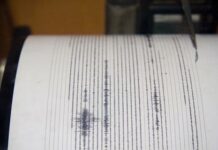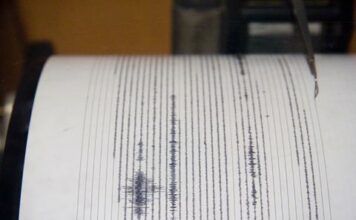Christmas is the most popular holiday observed in the United
States, a great economic engine which can make or break retailer
profits for the entire year.
Christmas is the most popular holiday observed in the United States, a great economic engine which can make or break retailer profits for the entire year.
But for Christians, a far more important occasion is Easter. This great feast, commemorating the resurrection from the dead of Jesus of Nazareth, always falls on Sunday (so the term “Easter Sunday” is redundant).
The word “Easter” is used only in Germanic languages; it may be derived from the name of an ancient Teutonic goddess of spring, but scholars are not in agreement about its origin. Other languages call the day by some form of the Jewish word “Pesach” (Passover).
Easter is a “movable feast,” which means that it does not always fall on the same calendar date. At the Council of Nicaea in 325, the world’s bishops agreed on how to calculate the date of Easter. It is the first Sunday after the first full moon of spring, because Jesus’ death and resurrection were linked to the Jewish Passover, a feast calculated according to the lunar calendar.
In the Roman Catholic and Protestant churches Easter falls between March 22 and April 25, but because the Eastern Orthodox churches use a different calendar, their Easter sometimes coincides with that of the West but often comes as much as five weeks later. (This year it falls on April 27, only a week’s difference.)
For churches that use a liturgical calendar, Easter is sometimes called the “Queen of Festivals” because so much of the rest of the Christian year depends on its date: Ash Wednesday, Holy Week, Ascension Day, Pentecost and Trinity Sunday.
Easter worship services are traditionally the best-attended of the year. Roman Catholic, Episcopal and Lutheran churches celebrate an Easter Vigil which begins in darkness after sundown the Saturday before Easter. This ancient liturgy features the lighting of the Paschal candle, readings that trace the history of Salvation in the Old Testament, baptisms and the First Mass of Easter. Many other churches emphasize a Sunrise Service early on Easter morning, commemorating the discovery of the empty tomb and the first reports of Jesus’ resurrection.
Secular society has embraced two symbols of the Easter season. The rabbit, perhaps because of its notable fertility, has become associated with the holiday. It seems to symbolize new birth and life without end.
The other symbol, the egg, holds within itself the beginning of new life. The chick emerging from the shell is thought to symbolize the resurrection of Jesus from the tomb. Baskets of brightly-colored eggs on Easter morning may be related to an ancient custom among Greeks and Syrians who exchanged crimson eggs representing Christ’s blood.
Later, egg-rolling contests, sending hard-boiled eggs down a grassy slope to see which lasted longest before cracking, became a popular game in Europe. Scholars suggest the custom symbolizes the rolling away of the stone at the entrance to Jesus’ tomb. Today the custom is continued on the Monday after Easter during the annual egg-rolling contest on the White House lawn.













